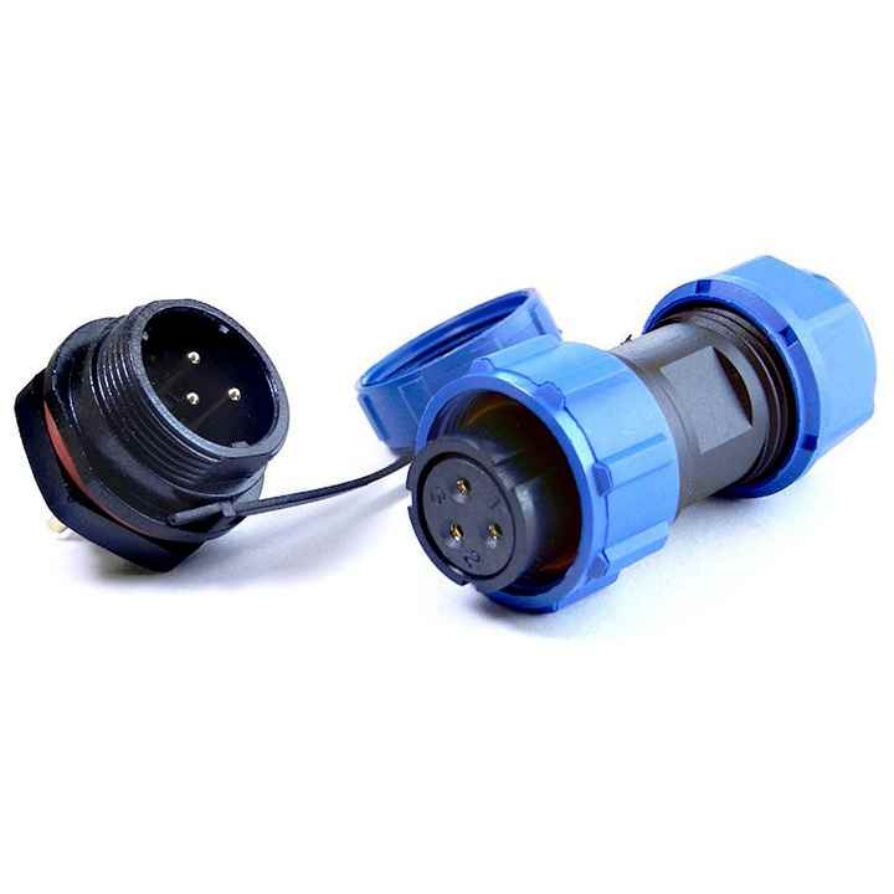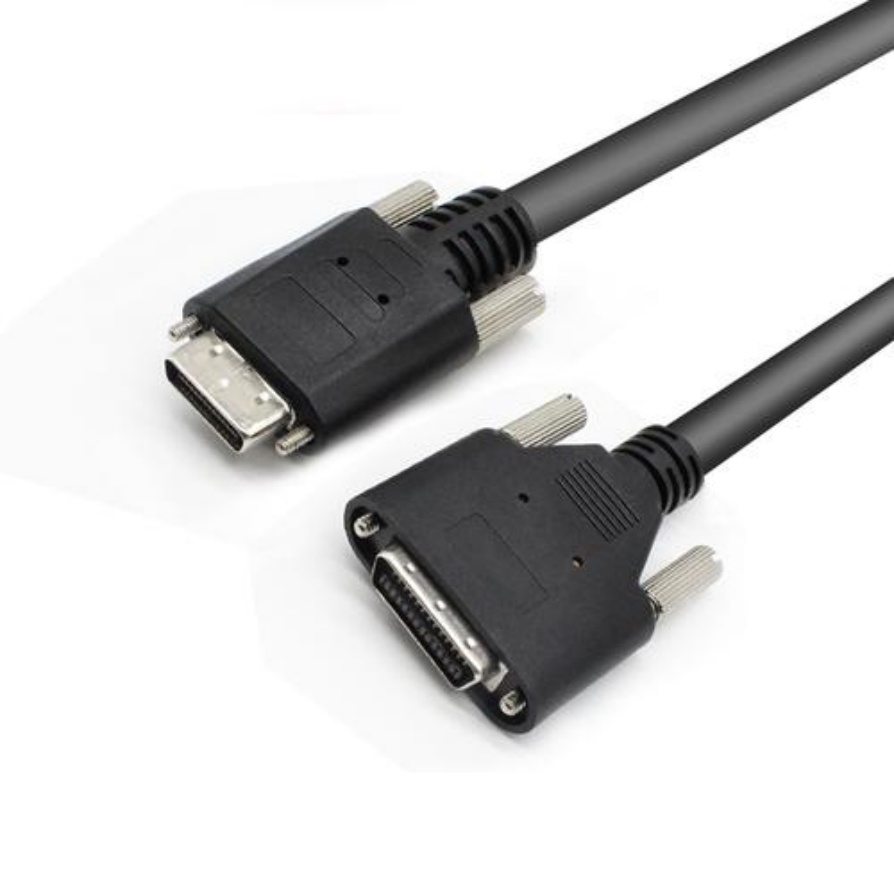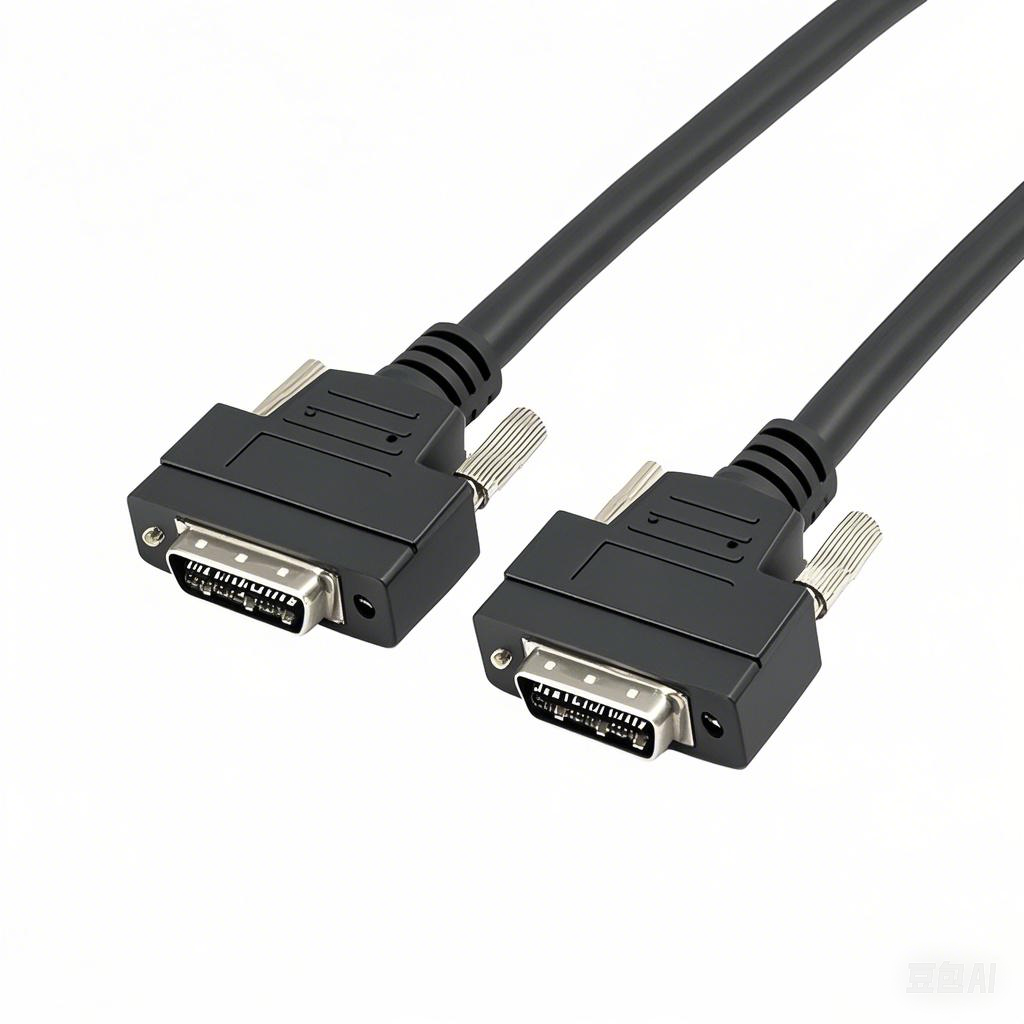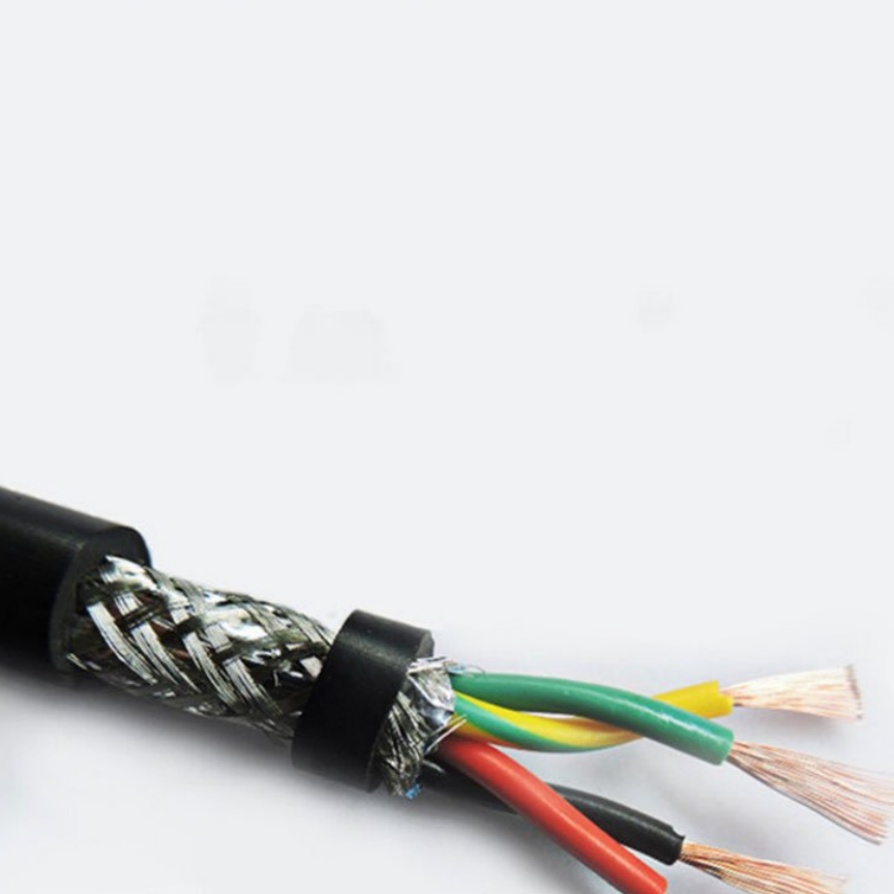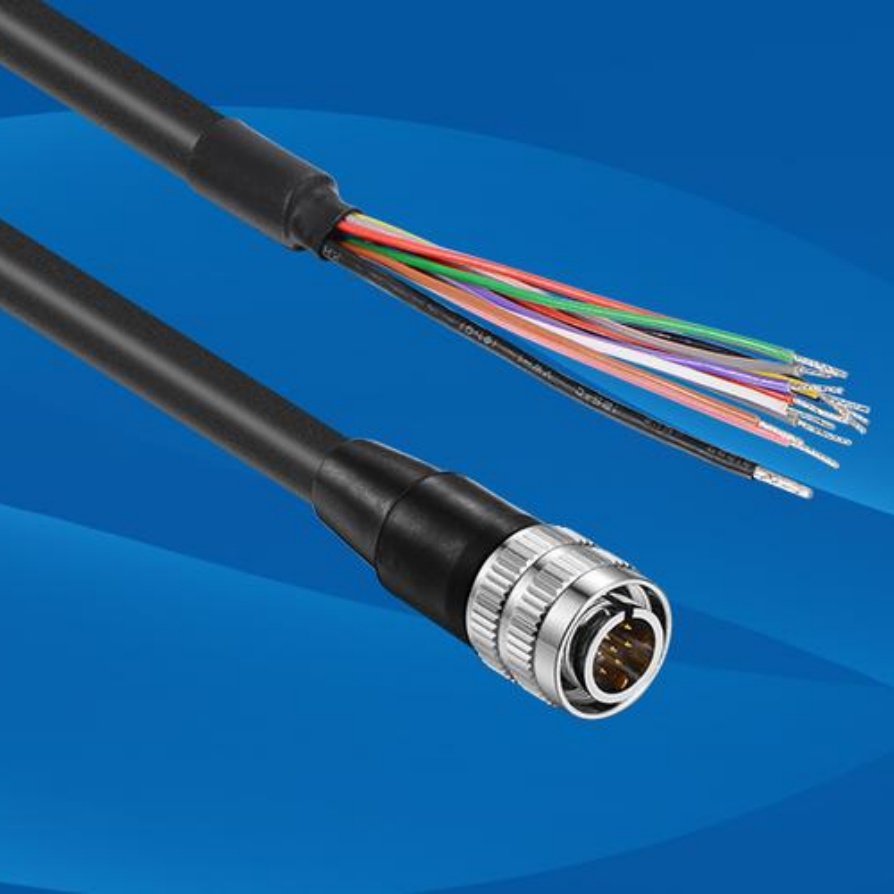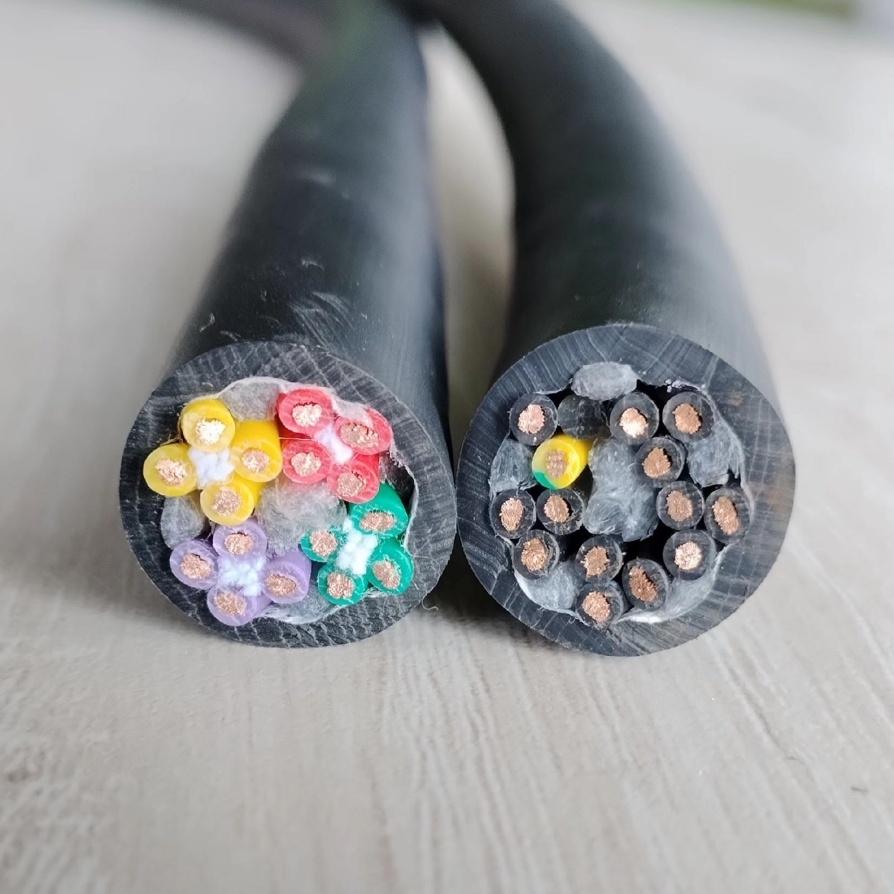Designing the Perfect Machine Vision Cable
In the fast-paced world of industrial automation, machine vision systems are only as reliable as their weakest link—and often, that link is the cable. A poorly designed cable can introduce signal noise, break under stress, or corrode in harsh environments, derailing production and inflating costs. Crafting the “perfect” machine vision cable requires balancing electrical performance, mechanical resilience, and environmental adaptability.
1. Electrical Performance: The Foundation of Signal Integrity
Bandwidth and Speed
High-Speed Protocols: Match cable design to vision system requirements (e.g., USB3 Vision, CoaXPress 2.0, or 25G+ Ethernet).
Impedance Control: Maintain consistent impedance (e.g., 75Ω for coaxial cables) to prevent signal reflections.
Shielding: Use double-layer foil and braid shields to block EMI/RFI interference in electrically noisy environments like welding cells.
Power Delivery
Power-over-Ethernet (PoE): Integrate 24AWG conductors to support IEEE 802.3bt (90W) for heated cameras or lighting.
Hybrid Designs: Combine fiber optics for data and copper for power in single-cable solutions.
Key Materials:
Conductors: Oxygen-free copper (OFC) for low resistance.
Dielectrics: Foam PE insulation to minimize signal loss.
2. Mechanical Durability: Surviving Industrial Abuse
Flex Life and Bend Radius
High-Flex Cables: Engineered to withstand 10+ million cycles in robotic arms (e.g., drag chains with 7x stranded conductors).
Minimum Bend Radius: Design jackets to prevent cracking at tight bends (e.g., 8x cable diameter for PUR jackets).
Abrasion and Crush Resistance
Jacket Materials:
PUR (Polyurethane): Superior abrasion resistance for cable carriers.
TPE (Thermoplastic Elastomer): Balances flexibility and oil resistance.
Armored Cables: Stainless steel braiding for crush protection in mining or heavy machinery.
Stress Testing:
IEC 61373: Vibration and shock resistance for rail or aerospace applications.
UL 1277: Flame retardancy for hazardous locations.
3. Environmental Resistance: Defending Against the Elements
Temperature Extremes
High-Temp: Silicone jackets (up to 200°C) for foundries or engine test benches.
Low-Temp: Cold-flexible PUR (-40°C) for freezer warehouses.
Chemical and Moisture Resistance
IP69K-Rated Connectors: Seal out water, dust, and high-pressure washdowns.
Chemical-Resistant Jackets:
FEP (Fluorinated Ethylene Propylene): Resists acids, solvents, and UV exposure.
ETFE (Ethylene Tetrafluoroethylene): Ideal for semiconductor cleanrooms.
Case Study:
A chemical plant using unshielded PVC cables saw 30% failure rates due to sulfuric acid exposure. Switching to FEP-jacketed, IP67 cables reduced downtime by 90%.
4. Connector Design: The Critical Interface
Locking Mechanisms
Screw-Lock M12/M8: Prevent accidental disconnections in vibrating environments.
Push-Pull Connectors: Enable quick swaps in tight spaces (e.g., medical device assembly).
Contact Plating
Gold Plating: Low insertion loss and corrosion resistance for high-frequency signals.
Silver Plating: Cost-effective for power contacts.
Pro Tip: Use angled connectors to reduce strain in robotic cells.
5. Customization for Specific Applications
Food and Beverage
FDA-Compliant Jackets: NSF-51-certified materials resistant to grease and cleaning agents.
Anti-Microbial Coatings: Inhibit mold growth in humid washdown areas.
Automotive Manufacturing
Oil-Resistant Cables: Withstand exposure to cutting fluids and hydraulic oils.
Low-Outgassing: Prevent contamination in paint shops.
Outdoor and Aerospace
UV-Resistant Jackets: LSR (Liquid Silicone Rubber) for solar farm inspections.
Lightweight Designs: Carbon nanotube shielding for drones and satellites.
6. Testing and Validation: Proving Reliability
Signal Integrity Tests
TDR (Time-Domain Reflectometry): Detect impedance mismatches or breaks.
Eye Diagram Analysis: Validate high-speed cables (e.g., 10G+ Ethernet).
Mechanical Stress Tests
Flex Life Testers: Simulate millions of cycles in automated test rigs.
Tensile Strength: Ensure cables withstand >100N pull forces.
Environmental Chambers
Thermal Cycling: Expose cables to -40°C to 125°C cycles.
Salt Spray Testing: Validate corrosion resistance per ASTM B117.
7. Future-Proofing with Emerging Technologies
Smart Cables
Embedded Sensors: Monitor temperature, strain, or EMI in real time via IoT platforms.
Self-Healing Jackets: Microcapsule-based materials repair minor abrasions autonomously.
Fiber-Optic Hybrids
Active Optical Cables (AOCs): Combine 100G data rates with PoE++ for next-gen 8K vision systems.
Modular Designs
Field-Terminable Connectors: Hirose FR10 allows onsite customization without special tools.
Case Study: The Perfect Cable in Action
Application: High-speed bottling line with 12MP cameras.
Challenges:
EMI from variable-frequency drives.
Daily washdowns with caustic cleaners.
24/7 operation with 10M+ annual flex cycles.
Solution:
Cable Design:
22AWG tinned copper conductors with 95% braid shielding.
PUR jacket with IP69K M12 connectors.
Torsion-resistant stranding for cable carriers.
Results:
0% signal loss at 120 fps.
2-year lifespan vs. 6 months for generic cables.
Design Checklist for the Perfect Machine Vision Cable
Electrical:
Bandwidth ≥2x camera requirement.
Shielding effectiveness >90 dB.
Mechanical:
Bend radius ≤8x diameter.
Flex life matching application cycles.
Environmental:
Jacket material rated for chemicals/temperature.
IP rating matching washdown frequency.
Connectors:
Locking mechanism and gold-plated contacts.


